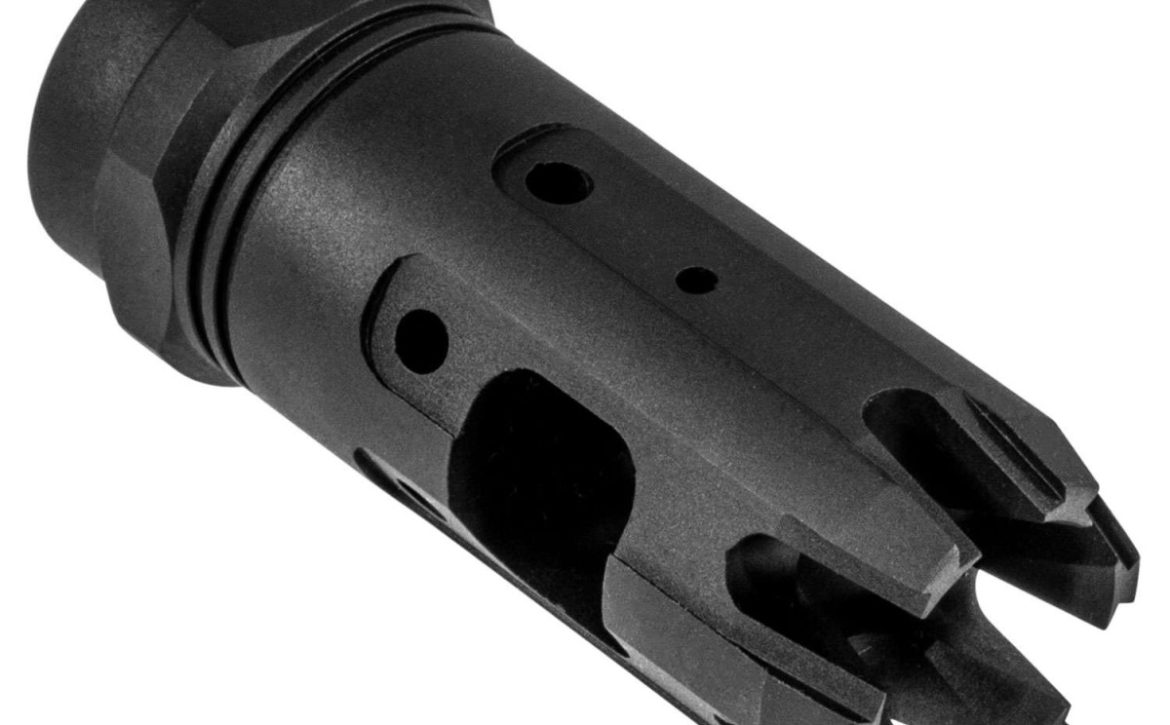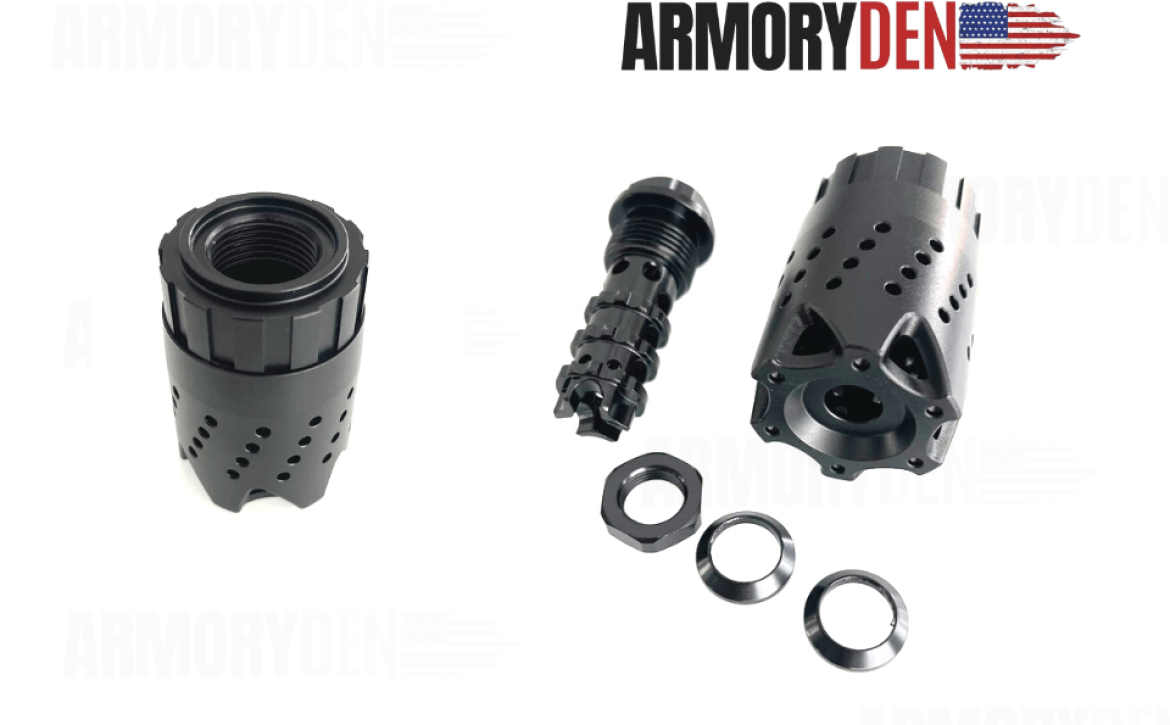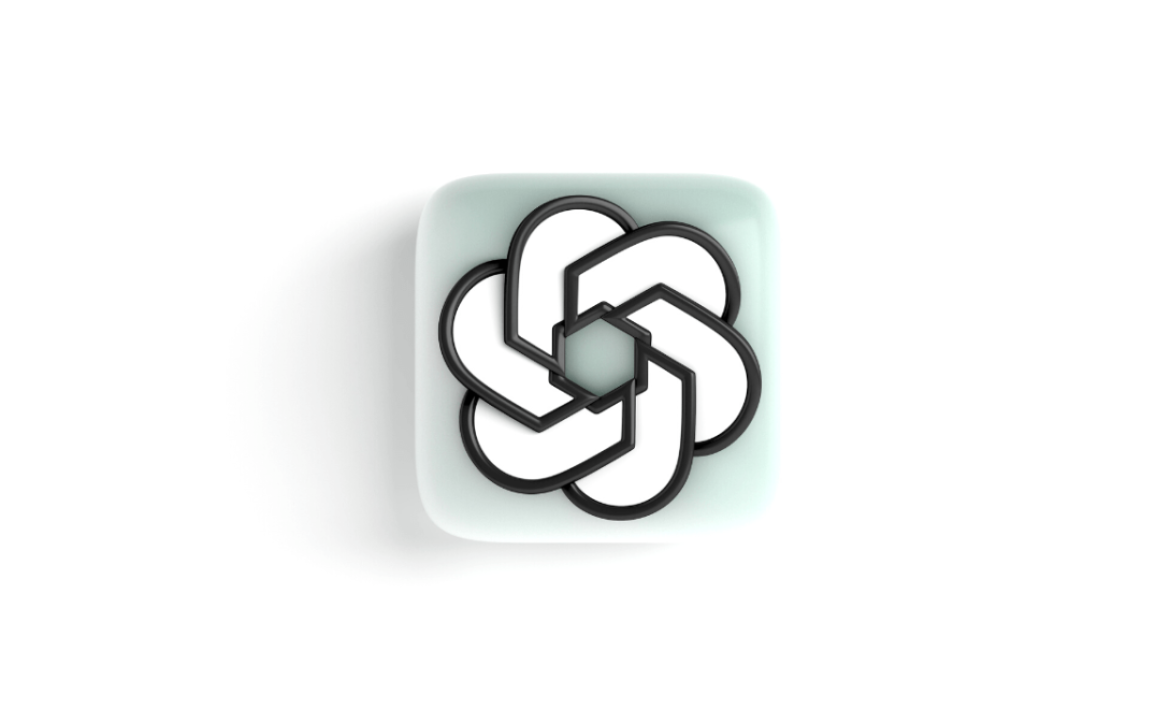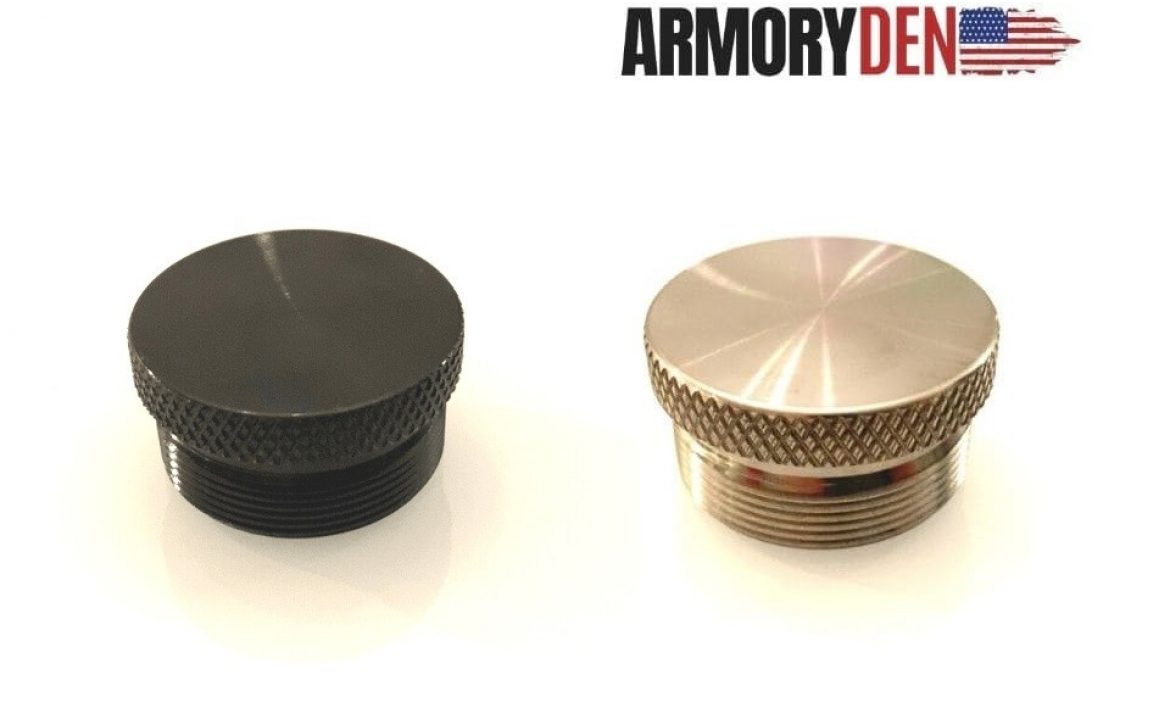Does Your AR Need a Muzzle Brake?
Are you pondering the pros and cons of using a muzzle brake? These devices help control recoil, enabling better accuracy with faster follow-up shots.
By comparing muzzle brakes to flash hiders, we can decide which is best for our rifle setup. It’s important to understand that these two accessories have different characteristics; one reduces felt recoil while the other minimizes the visible signature of the muzzle flash, something worth considering when choosing between them! Armory Den offers both options, so it’s easy to find what suits your needs perfectly.
Building on the discussion of whether your AR needs a muzzle brake, let’s explore how these devices can specifically enhance the performance and shooting experience of AR-platform rifles. Muzzle brakes are designed to decrease recoil by redirecting gases as they exit the barrel. It is particularly useful for semi-automatic firearms like various models in the ArmaLite Rifle (AR) series.
Moreover, reducing felt recoil can improve shooter comfort during extended-range sessions or competitions and potentially lead to increased accuracy due to better control and overall experience.
Before deciding on adding an AR muzzle brake, it is important to identify your personal objectives. Consider the frequency of target practice or particular applications such as hunting large game versus home-defense situations.
Additionally, considering diverse regulations concerning detachable threaded muzzles across jurisdictions mandates thorough research into local laws for legality compliance purposes prior to installation. Especially regarding restrictions linked with flash-hiders alongside post-ban era considerations tied to State Assault Weapons Control Acts provisions present throughout some states within US territory limits possible adoption scenarios involving firearm modifications overall.
Upon deciding if your AR requires a muzzle brake, consider the various advantages of this useful addition. One primary benefit is reduced recoil, which allows for greater control and stability during rapid-fire situations or extended shooting sessions. Reduced felt recoil improves accuracy by minimizing barrel movement as you shoot.
Another advantage comes into play when engaging in long-range shooting or participating in competitive events: better sight picture retention. Muzzle brakes redirect gas and flash sideways rather than upwards from the muzzle. Hence maintaining an unobstructed view of your target after each shot can vastly improve follow-up shots’ speed and precision.
Finally, enhanced overall comfort while firing should not be underestimated, particularly for those new to AR platform rifles, which may find their noise level overwhelming. By directing sound waves away laterally instead of straight back, your ears are spared from potential hearing damage over prolonged periods. Although some muzzle brakes may increase sound, they help by pushing the sound forward.
While deciding whether to add a muzzle brake to your rifle, carefully considering the installation process is crucial. A correct and secure installation can significantly influence both safety and performance.
Remember that DIY installations may not be suitable for every enthusiast due to variability in technical skills or available tools. Begin by examining compatibility between your specific rifle model and potential muzzle brakes: thread patterns dictate if they will align properly without any form of modifications. Next, evaluate whether you have adequate expertise to undertake this task yourself; professional installations are typically more expensive but ensure expert accuracy.
In case you decide on self-installation, there are several essential pieces of equipment you should gather. These include barrel vise jaws, receiver blocks with holding pins (if needed), and level reference devices such as bubble levels or laser bore sighters. Additionally, you should have a torque wrench calibrated in inch-pounds, as well as proper-sized hex key sockets corresponding to the manufacturer’s specifications to ensure optimum tightening forces and prevent muscle memory from causing any errors when determining absolute values.
Dedicate sufficient time so no steps are skipped under pressure during assembly stages. Remember, patience yields better success rates than rushing through intricate processes while fitting valuable components.
Finally, test-fire before finalizing anything permanently affixed through adhesive agents, including Loctite application positions where slippage won’t impede functionality post-tightening phase completion.
While there are benefits to using a muzzle brake, it’s essential to acknowledge the potential downsides as well. One significant drawback is increased noise levels when firing your rifle.
Since the gases from each shot exit at an angle instead of straight out from the rifle, you may notice louder noises during use. This means that you’ll need additional hearing protection and could potentially disturb other shooters on the range. Additionally, adding a muzzle brake can add extra length and weight to your firearm setup.
With most brakes extending around two inches in size, this might not seem like much initially. However, combined with standard barrel lengths such as the 16-inch barrels seen on many ARs today, suddenly having an extended weapon system isn’t ideal for users desiring compactness or maneuverability. Furthermore, investing in high-quality devices installed by professional gunsmiths can be costly, up to $250 or more, depending on the materials used and labor involved in installation processes required throughout ownership periods.
In summary, when considering incorporating a muzzle brake into an AR setup, it is important to take personal requirements and potential trade-offs into account. Doing this will likely lead to desired performance enhancements while also ensuring that user satisfaction remains high during target practice sessions with this versatile weapon platform which has become increasingly popular among enthusiasts globally today.
Whether you’re looking for improved accuracy, reduced recoil, or to customize the look of your rifle, Armory Den has a muzzle brake that will meet all your needs. At Armory Den, we strive to provide our customers with quality parts at competitive prices, ensuring everyone can find something suitable within their budget. Check us out today and see how we can help improve your AR shooting experience!











